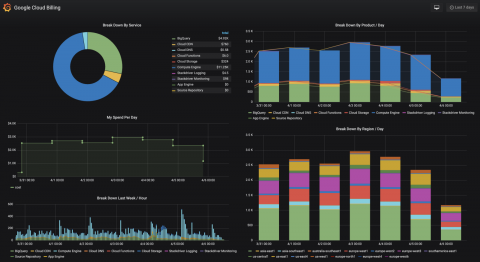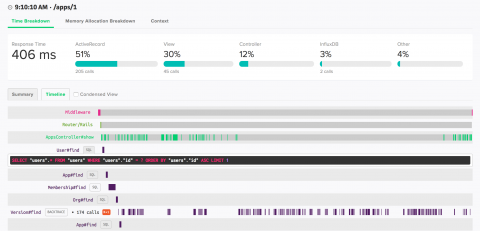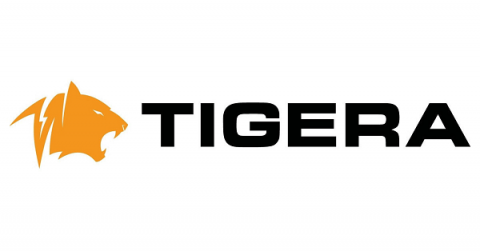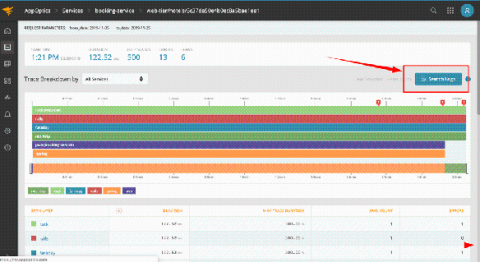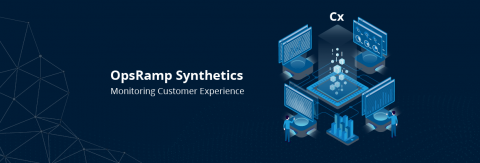Community Spotlight: BigQuery Plugin
The Grafana community comes up with some pretty cool stuff, and we’re hoping to spotlight some of it from time to time. Today, we’re starting with the BigQuery datasource plugin developed by the team at DoiT International. DoiT is a reseller of Google Cloud and AWS that helps companies either move from on premise to cloud or move from one cloud provider to another.


